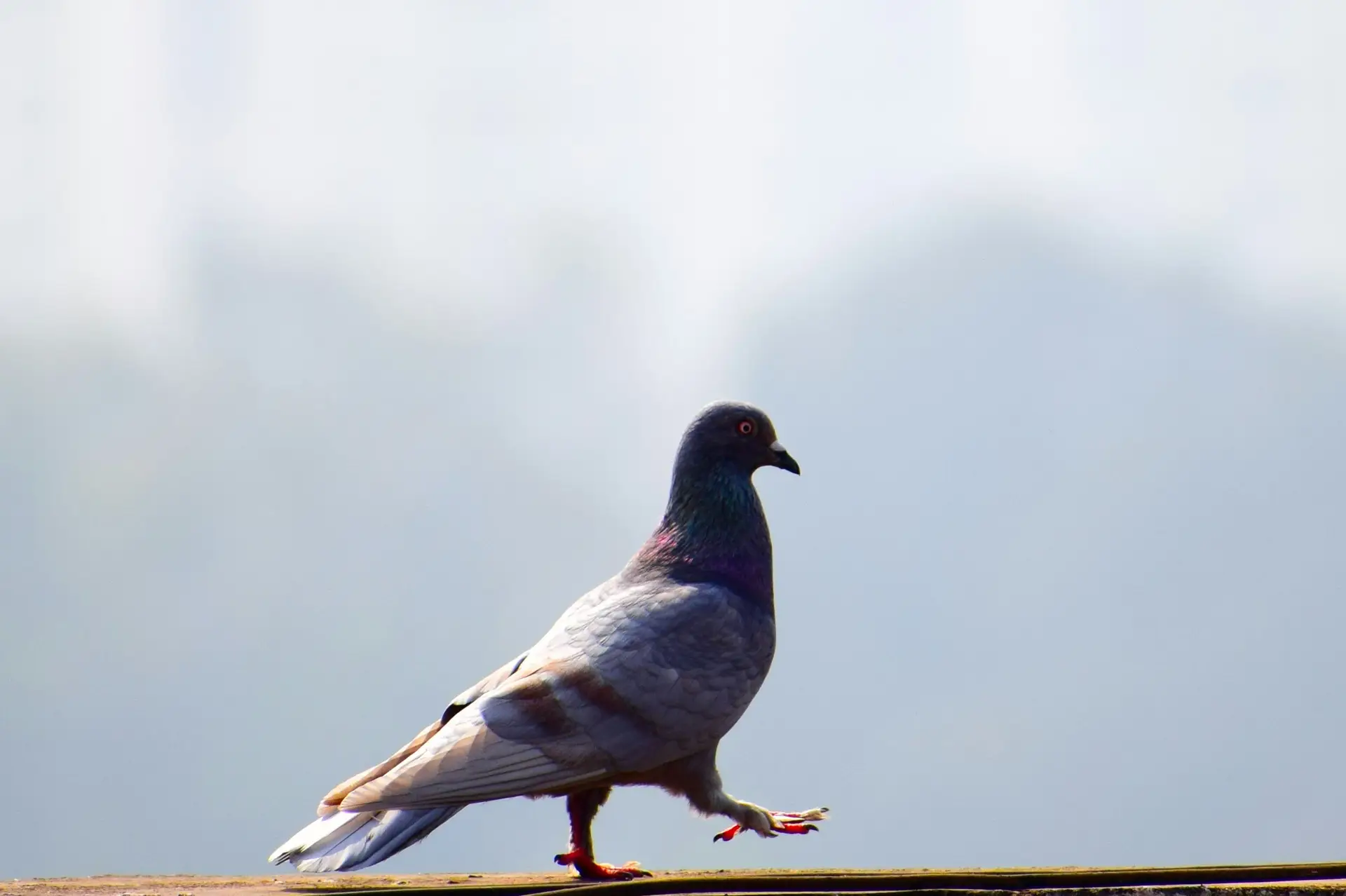Cultivating a Lush Indoor Sanctuary
Exploring the Advantages of Indoor Gardening
Indoor gardening has gained immense popularity in recent years, and for good reason. Engaging in this green endeavor offers a multitude of benefits that enhance both the environment and our well-being. One of the most significant advantages is the improvement of air quality. Indoor plants naturally filter toxins and release oxygen, creating a healthier living space. Additionally, studies show that nurturing plants can boost mental well-being by reducing stress and anxiety levels, promoting a sense of calm and satisfaction. Finally, incorporating greenery into your home adds aesthetic value, transforming ordinary spaces into vibrant, inviting areas.
Selecting the Right Plants for Your Indoor Oasis
Embracing Low-Light Tolerant Varieties
For those with limited natural light, certain plants can thrive in dimmer conditions:
- Snake Plant (Sansevieria): Known for its hardy nature, this plant requires minimal maintenance and can purify the air.
- ZZ Plant (Zamioculcas zamiifolia): With its glossy leaves, the ZZ plant is not only durable but also adds a touch of elegance to any room.
- Pothos (Epipremnum aureum): This trailing vine is perfect for hanging baskets or shelves, growing well in low-light settings.
Choosing Plants That Flourish in Bright Spaces
If your home boasts ample sunlight, consider these vibrant options:
- Fiddle Leaf Fig (Ficus lyrata): A favorite among interior designers, its large leaves make a bold statement.
- Spider Plant (Chlorophytum comosum): This resilient plant produces "baby" plants, making it a fun choice for propagation.
- Rubber Plant (Ficus elastica): With its striking dark leaves, the rubber plant not only thrives in bright light but also grows tall, making it an eye-catching feature.
Essential Care Techniques for Indoor Plants
Navigating Watering and Humidity Needs
Understanding the unique requirements of each plant is crucial for their survival. Overwatering can lead to root rot, while underwatering may cause wilting. Signs such as yellowing leaves or droopy stems can indicate issues with moisture levels. Regularly checking the soil's moisture can help you maintain a healthy balance.
Optimal Soil and Fertilization Practices
Choosing the right soil mix can significantly impact your plants' growth. For most indoor varieties, a well-draining potting mix is ideal. Additionally, incorporating a regular fertilization schedule—typically every 4-6 weeks during the growing season—will provide essential nutrients for your plants’ development.
Innovative Display Ideas for Indoor Greenery
Maximizing Vertical Space
When floor space is limited, consider utilizing vertical areas with creative solutions:
- Wall-mounted planters can create an eye-catching display while saving space.
- Shelving units dedicated to plants allow for a variety of heights and arrangements, adding depth to your decor.
Integrating Plants into Home Decor
Plants can serve as stunning focal points within your home. Utilizing decorative pots and containers can enhance their visual appeal, while also serving as unique decor pieces. Consider using plants as centerpieces on dining tables or coffee tables to bring life to your living spaces.
Addressing Common Indoor Gardening Hurdles
Effective Pest Management Strategies
Indoor plants can sometimes fall victim to pests. Identifying common pests such as aphids, spider mites, and mealybugs is the first step to addressing the issue. Employing organic solutions like neem oil or insecticidal soap can effectively manage infestations without harsh chemicals.
Tackling Plant Diseases
Recognizing the signs of plant diseases, such as leaf spots or wilting, is essential for maintaining a healthy indoor garden. Prevention is key; ensure proper care and avoid overcrowding plants. For treatment, consider isolating affected plants and using appropriate fungicides or remedies based on the specific disease.
Expanding Your Indoor Garden for Seasonal Enjoyment
Choosing Seasonal Plants
Each season brings unique opportunities for plant selection. Opt for seasonal plants that thrive in specific conditions, and consider rotating them throughout the year to keep your indoor garden fresh and exciting.
Designing a Themed Indoor Garden
Creating a cohesive look can elevate your indoor garden experience. Whether you prefer tropical vibes or minimalist aesthetics, combining different plant types can create a visually stunning effect. Consider grouping plants with similar care needs or those that complement each other in style and color.
By embracing indoor gardening, you can create a flourishing home garden that not only beautifies your space but also enhances your overall well-being. Whether you’re a seasoned gardener or just starting out, there are plenty of opportunities to cultivate a green haven indoors.




